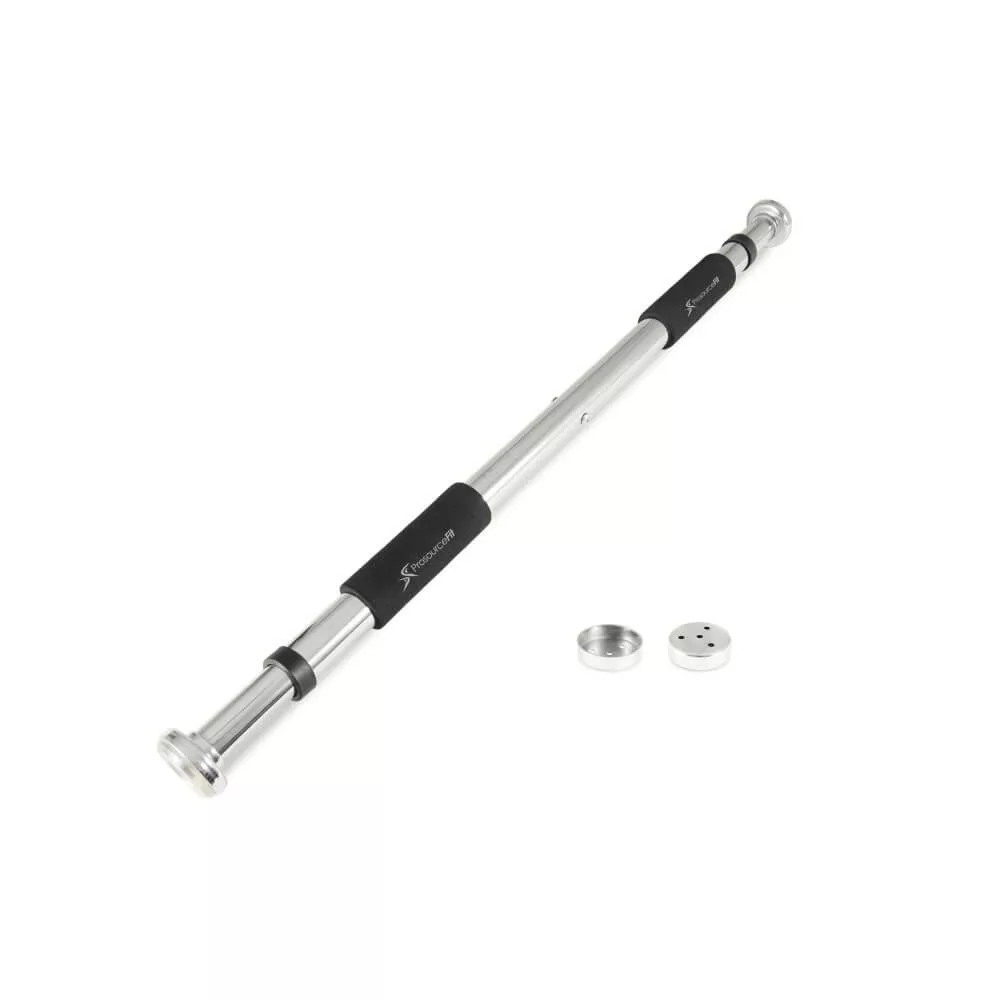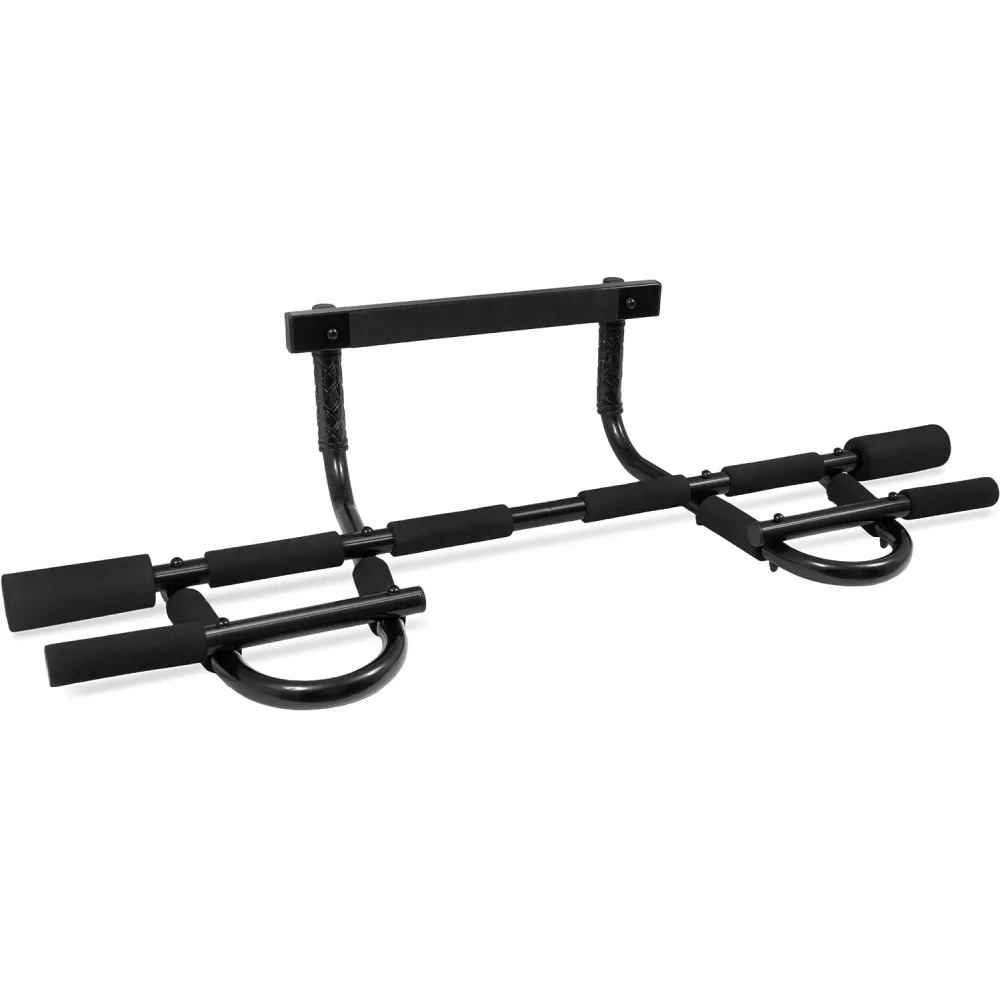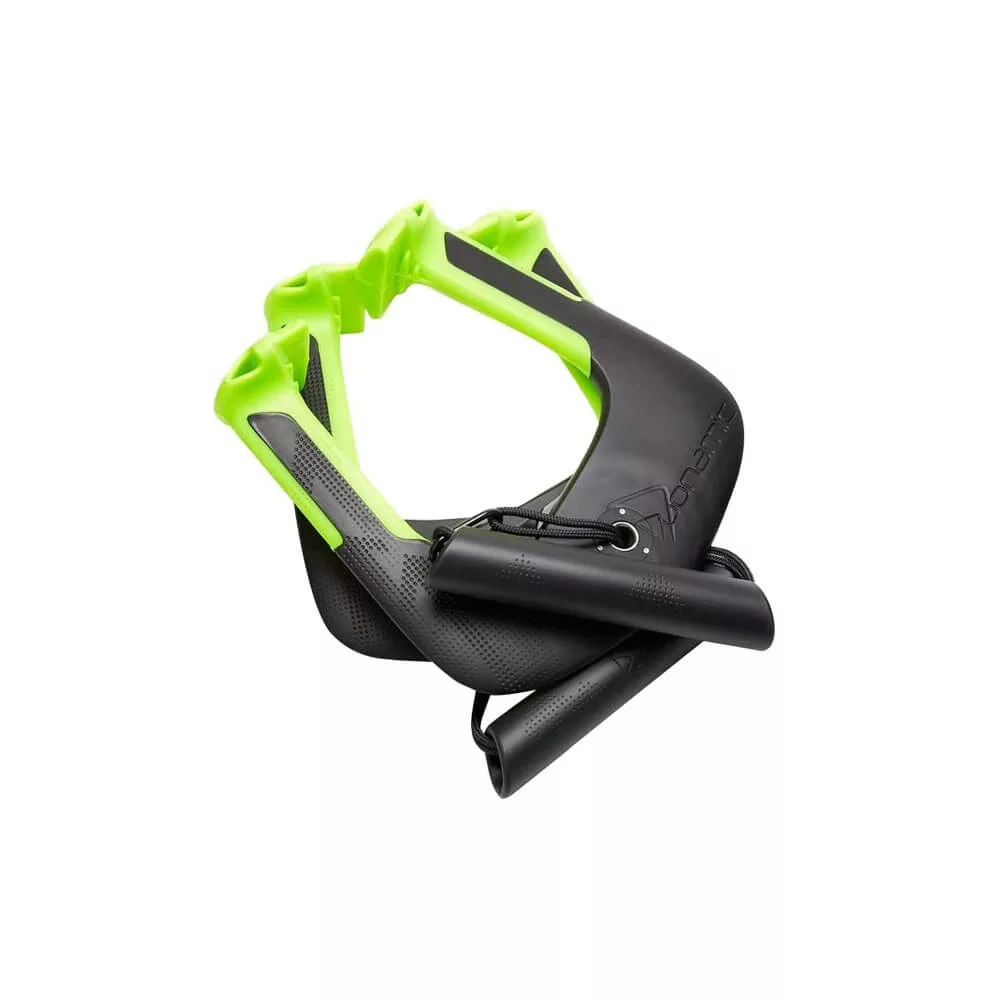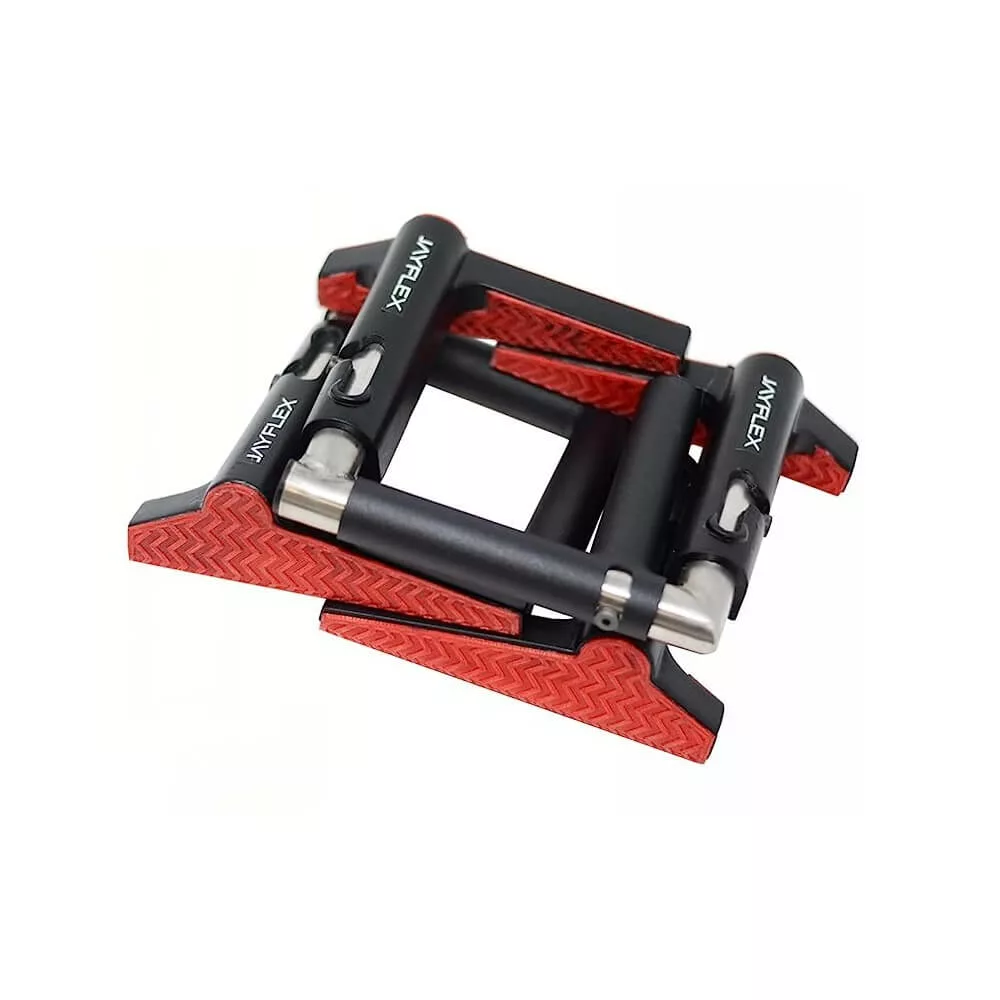(Last Updated on November 4, 2025 by Henry)
Let’s talk about why finger care during exercise is paramount. It’s not just a matter of avoiding immediate pain; it’s about ensuring long-term health and strength for what you love doing, be it climbing, playing instruments, or other finger-intensive activities
Here’s something you might not have considered: your fingers don’t actually have muscles; they’re controlled by a complex system of tendons and pulleys.
It’s this anatomy that makes the fingers incredibly dexterous yet also susceptible to injury if not exercised correctly.
So why should you avoid static stretches? Simply put, they can place your fingers’ tendons under stress, increasing the chance of tears.
And nobody wants that, trust me. Dynamic movements, such as glides, are the way to go because they promote not just strength but also healthy mobility.
This isn’t just about theoretical knowledge; it’s also about practical application. I’m here to help you with exercises that respect the unique structure of your hands. You’ll learn to give your fingers a workout that’s both safe and effective, ensuring they stay strong and agile for the long haul.
Basic Finger Strengthening Exercises for Beginners
If you want to step up your finger strength game, a good starting point is the classic squeeze exercise. It’s simple, but don’t underestimate its effectiveness. Here’s why squeezing a stress ball isn’t just about stress relief; it’s also about building finger fortitude.
You’re going to find a variety of grip training tools you can use for this exercise. A stress ball is perfect for beginners because it provides just enough resistance without being too taxing. Hold the ball firmly, pressing with all your fingers for a concerted effort of between 10 and 20 seconds, then take a brief 10-second break before going at it again.
Don’t worry too much about having the fanciest equipment; besides a stress ball, ordinary household items can be equally useful. A partially inflated medicine ball, a simple rubber ball, or even a tennis ball can serve as an impromptu resistance tool. The key is consistent pressure that works your fingers without straining them.
This squeezing technique is great for not only strengthening the muscles in your hands and arms but also conditioning those critical tendons and pulleys in your fingers. Just remember, the goal is to stimulate, not annihilate. You can always adjust your approach down the road as your fingers become stronger and you need more resistance to keep making gains.
Finger Flexibility & Independence: Bending and Folding Drills
You’re going to find out about a different technique to improve not just the strength but also the independence of your fingers, which is especially useful if climbing is one of your passions. This is where bending and folding exercises come into play.

Let me guide you through how to effectively perform these exercises.
I’m going to outline a simple exercise for you. Start by holding both of your hands up with your palms facing away from you.
Then, initiate the movement by bending each of your outside fingers at its second knuckle, starting with your little finger.
One thing to remember here is to ensure that while you’re bending each finger, the rest should remain completely still.
You may feel like a bit of a puppet master at first, but you’ll get the hang of it.
Think of this as each of your fingers doing individual push-ups. You’re going to rotate your fingers 10 times. Not only do these movements build strength, but they also encourage finger independence:
A skill that’s super handy in activities like playing instruments, typing, and yes, climbing! It’s a clever trick to give each of your fingers a distinct role, rather than just using them as a single unit.
Now, as you get comfortable with this routine, you can always adjust your approach down the road. Choose something that resonates with you and your goals, whether it’s climbing higher grades, improving your musical dexterity, or simply having stronger fingers for day-to-day tasks.
Remember, these exercises are an excellent tool because they do double duty: strengthening and increasing independence.
Boost Finger Dexterity with Pen Rolls & Thumb Opposition
In my opinion, gaining finger dexterity is crucial, not just for climbers but for anyone looking to maintain healthy, functional hands. This is where pen rolls and thumb opposition exercises come into play.
You’re going to find out about an exercise that sounds a bit elementary, but trust me, it’s surprisingly effective. To do pen rolls, simply place a pen under your fingers at the first knuckle.
Now, with a rolling motion, pull the pen into the crease of your hand using only your fingers. Keep it up for about a minute on each hand. And if you’re like most people, you’ll notice that one hand is less cooperative; don’t worry, that’s normal.
Choose something that resonates with you for this exercise.
A common pen works great, but you can always adjust your approach down the road by using markers or sticks of different sizes to challenge your fingers gradually.
Now on to thumb opposition, which I believe is a fantastic way to enhance finger strength and boost flexibility.
Here’s how: lift one hand, fingers pointing skyward, then press your thumb firmly to your little finger’s tip.
Hold that pressure for a solid five seconds before moving on to the next fingertip.
Do this thrice for each digit. Once you’re done with one hand, switch to the other.
This movement isn’t just about thumb wars; it’s also critical for improving your grip on everyday items and making those guitar chords ring out clearly.
That’s the strategy I like to leverage for a versatile training routine.
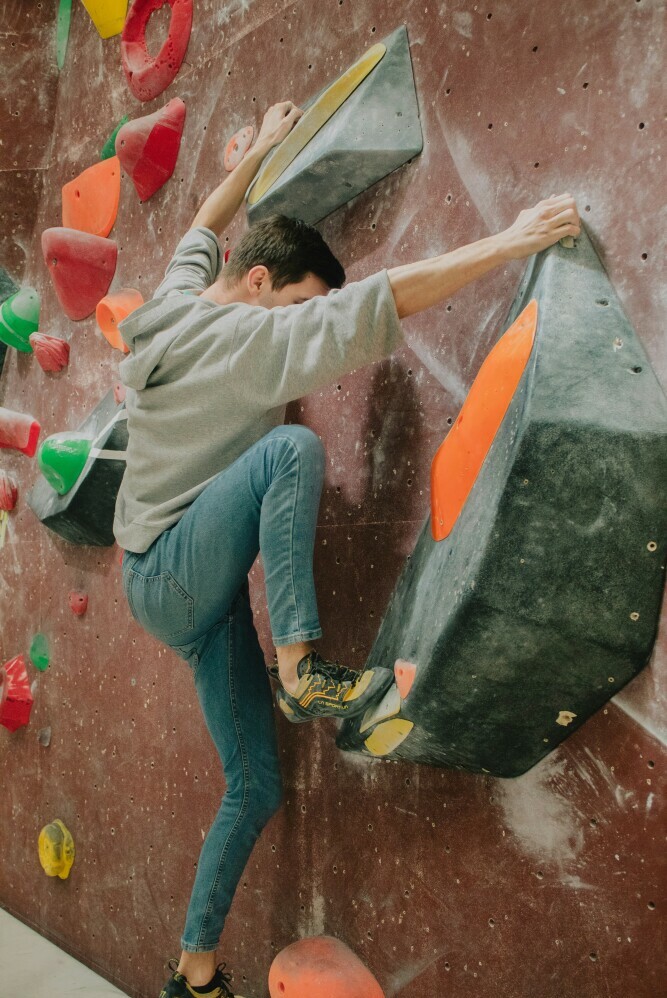
Remember, never rush these exercises. Your first attempt doesn’t need to be your last. What matters is the steadiness of your improvement. And just don’t focus too much on perfection; allowing your fingers to adapt gradually is the key.
Advanced Finger Training: Hang Board & Climbing Techniques
You’ve developed a solid foundation with stress balls, pen rolls, and clever bend-and-fold techniques, but you might be wondering what’s next. If you’re ready to really kick your finger strength up a notch, it’s time to consider hangboard training.
Hangboards, also known as fingerboards, are tools that climbers use to build vital grip strength and finger durability. They come with various holds and grips, designed to mimic those you’d find on a climbing route.
Before you jump onto a hang board, it’s crucial to ensure your fingers are well-prepared for this type of training. If you rush into it too soon, you could be inviting injury, especially if tendons and pulleys are not yet conditioned for such an intense load.
Start with simple dead hangs from larger holds, focusing on good form and even distribution of weight. Be attentive to your body’s signals. Pain is a red flag that you should stop and perhaps regress to gentler exercises.
As you gain more strength and confidence, you can gradually progress to smaller grips and eventually to more advanced hangboard workouts. Consistency is key, so integrating these into your regular training is important, but never at the expense of safety.
Remember, smart training includes adequate rest periods. Your tendons and the muscles supporting them need time to recover and grow stronger after each hangboard session.
Finally, while the exercises outlined are fun and effective, they aren’t the sole path to powerful fingers. Every climber’s body is unique, so tailoring your routine to fit your personal needs and goals is essential. Sometimes, a session with a trainer specialized in climbing can give you insights tailored just for you.
Invest in your grip, and your future climbing adventures will thank you. So go ahead, challenge your fingers, but remember, rise to your ambitions with respect for your body’s limits and the unwavering commitment to your safety.
Thanks for Stopping By
Have Questions?
Please Leave A Comment


